From Stem Cells to Human Development, Southbridge, 2016. Mini report.
Posted by Aidan Maartens, on 12 October 2016
Two years ago, Development held a meeting on the emerging field of stem cells and human development. In announcing the meeting, the organisers described a knowledge gap:
“Strikingly, although we understand intimate details of the development of a broad range of vertebrate and invertebrate species, we know almost nothing about the development of the human embryo beyond morphological descriptions”
But times are changing. We can now shed light on some of the black boxes of human development, thanks to the controlled differentiation of embryonic or induced pluripotent stem cells (iPSCs), the coaxing of self-organisation in organoids, new ways to culture early human embryos at the implantation stage, and the availability of human foetal material to which in vitro generated tissues can be compared.
As well as helping us understand our origins, these technical advances provide an opportunity for clinical understanding and therapeutics, particularly with the capacity to derive stem cells from patients, and the relative ease of gene editing using CRISPR. iPSCs also circumvent many of the ethical issues and socio-political controversies that surround embryo-derived stem cells. All these features have come together to make it an exciting and fast-moving time for human developmental biology.
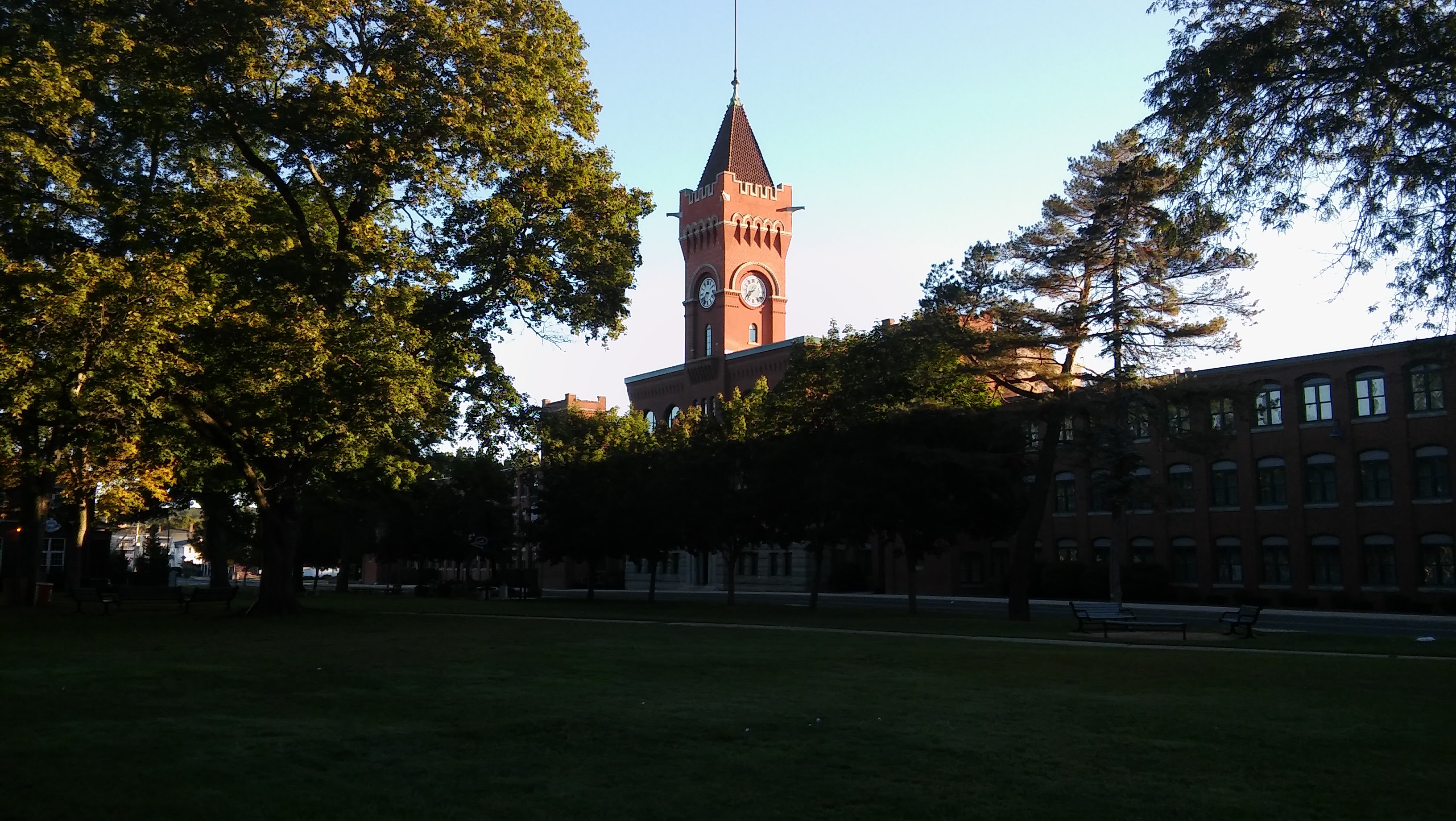
Following the success of the 2014 meeting, a second event was held last month in Southbridge, a small Massachusetts town once known as the ‘Eye of the Commonwealth’ for its history of manufacturing optical products. The meeting was held on the site of the American Optical Company factory, an employer of thousands before it shut down in the eighties, and the social was held in the Optical Heritage Museum. It was fitting to see so much beautiful light microscopy during the talks.
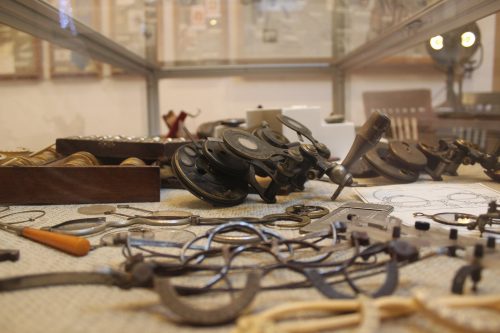
The attendees came from across the globe and ranged from early PhD students to institute directors. Their research covered various aspects of human development, from the earliest fate choices in the blastocyst to the formation of mature organs. In keeping with the meeting’s title, almost all the speakers described how they were making use of human pluripotent stem cells, and many of the talks covered particulars of the speaker’s in house differentiation protocol. But it wasn’t just a methods fest, as a lot of fascinating biology comes out of the process of differentiation or self-organisation itself. Plus, as Ali Brivanlou’s talk reminded us, descriptive human embryology is still in its infancy, particularly for the stages immediately following implantation, so there is much to learn with observation alone.
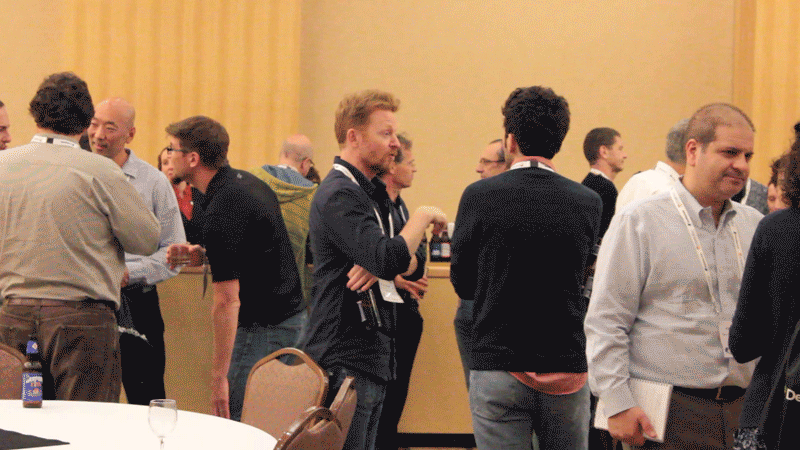
Opening the meeting, Azim Surani set the tone for many of the talks by emphasising the distinctions between human and mouse primordial germ cells, which are specified by different genetic networks. The more we look at human development, the more differences with mice emerge. Perhaps we shouldn’t be surprised by this – after all, it’s been many millions of years since we last shared a common ancestor – but it does raise the question of how much knowledge really is transferrable from mouse to human, and of the place of non-human models in the future.
According to many of the speakers, you needn’t mothball your animal house just yet: animal models offer a vital complement to human stem cell or organoid work. For instance, mice provide an environment in which to transplant human cells and assay their developmental, and indeed clinical, potential. This was shown for neuromesodermal progenitors by Anestis Tsakiridis, liver organoids by Takanori Takebe, chondrocytes by April Craft, dopaminergic neurons by Lorenz Studer, and cortical cells by Pierre Vanderhaeghen. As Jason Spence remarked, the current field is based on decades of model organism work, and working out the differences is one side of the story; integrating human cell work with established animal models is another.
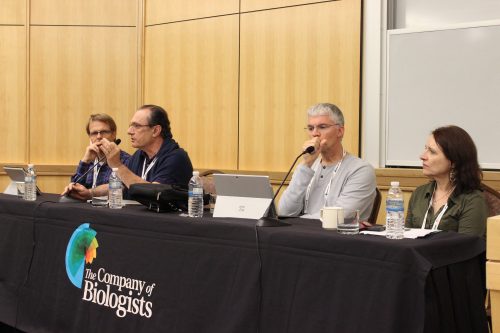
Another recurrent theme of the meeting was how the basic insights gained from studying human tissues can help patients. In a panel discussion session, we heard from four researchers currently translating stem cell biology into treatments. Lorenz Studer told us about the assault course of regulation at each step of the process (though he cautioned against complaining too much: these treatments need to be safe, and to work), Guy Sauvageau discussed how scaling up the production of cells to clinically useful quantities requires the involvement of good bioengineers from the start, and Sally Temple spoke about the interesting science that resulted from the concerns of the regulators. Yann Barrandon reminded the audience that once you take the step to commercialise, you’re in another world; your cells become a product, and you have to prove that your product is not only effective, but will make money.
Just considering the stakeholders involved – public funders, venture capitalists, patient groups, patients themselves, research scientists in academic or commercial environments, biotech companies, spinoffs, university IP offices, government regulators – you get a feel for the challenge these scientists face, keeping in mind that their ultimate goal is always to improve the life of the patient, whether they suffer from neurodegeneration, hematologic diseases or severe skin burns.
Benoit Bruneau remarked from the audience that it was so novel and refreshing to be in a room full of developmental biologists talking about intellectual property, profit margins and clinical trials. Given the expansion of human stem cell work into every tissue of the body, each with its own inherent flaws, it seemed an apt time for the panel to give us a feel for how applied biology actually works.
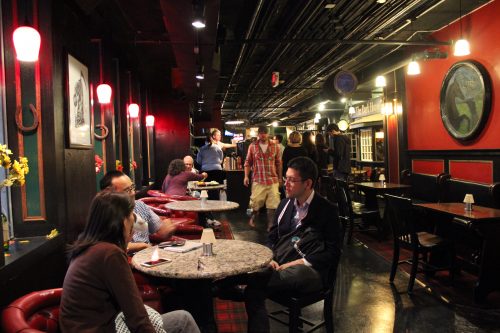
As for the rest of the meeting: the poster sessions were well attended, and sites of lively and stimulating conversations. The pool tables and dartboards were well used at night (even giving some of us respite from the Clinton-Trump debate). And the social: local craft beer, a trip around the museum with Dick the curator, and local coffee in the tavern. Not your typical conference social!
Look out for a full report from the 2016 meeting in an upcoming issue of Development. In the meantime, you can read a report from the 2014 workshop by Alexander Medvinsky and Rick Livesey here, and also find Development’s 2015 Special Issue on human development here.
As an alternative to this mini-report, check out the story of the meeting as recorded on Twitter:
https://storify.com/the_Node/human-development-and-stem-cells
Finally, look out for a conference video and conference pictures here in the near future.


 (5 votes)
(5 votes)